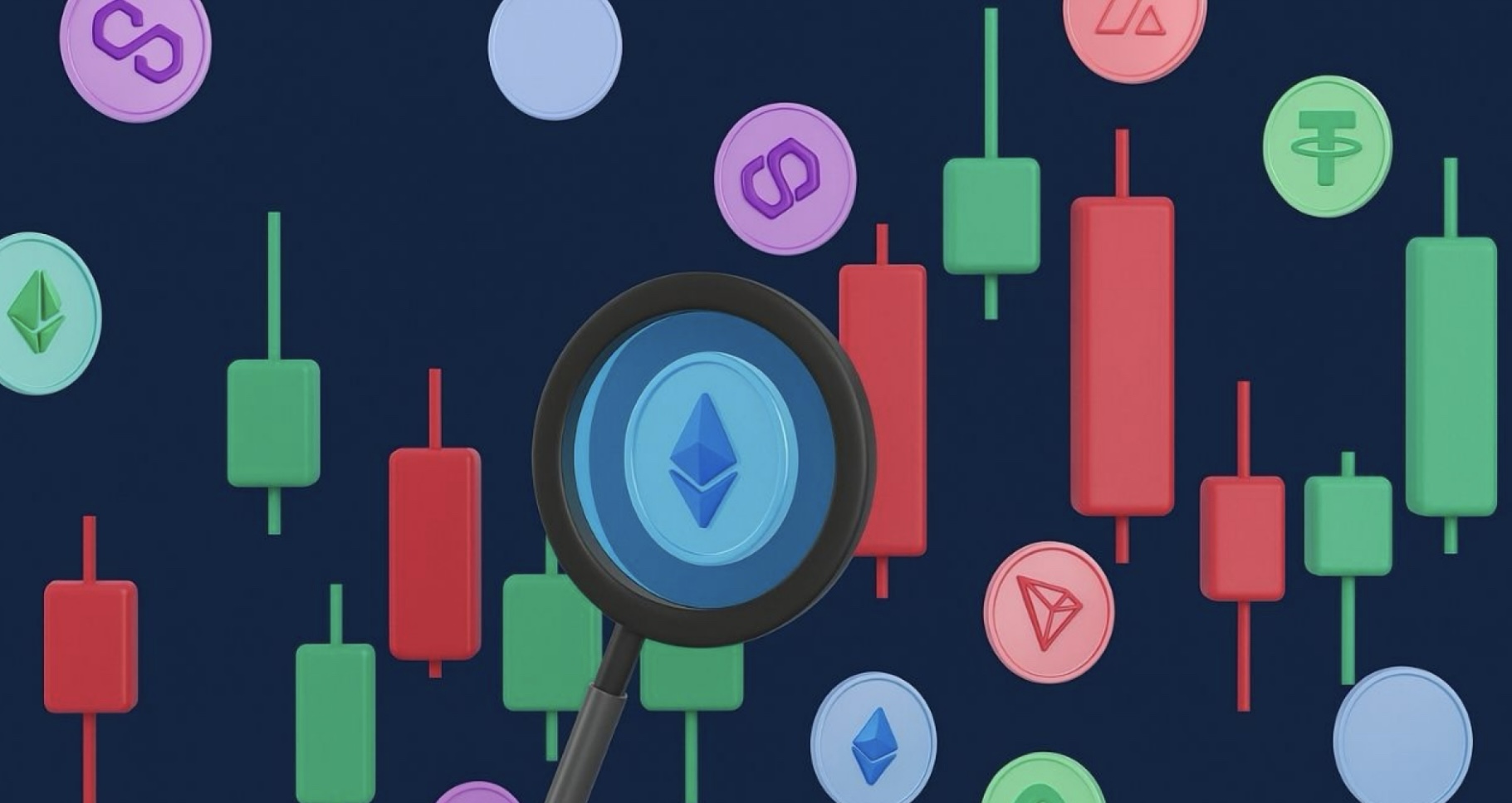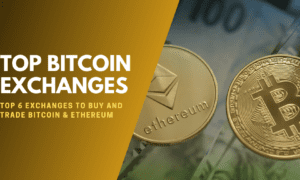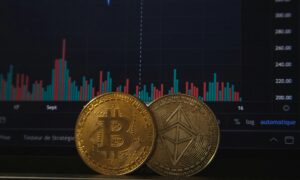Bitcoin just cleared a new all-time high, crossing $123,000, and Ethereum isn’t far behind. The ETH/BTC pair is finally showing signs of strength, a move that hasn’t played out this clearly in months. At the same time, BTC dominance is slipping, and the altcoin market cap has jumped from just over $1 trillion to $1.49 trillion in the past two months. The shift is obvious. Liquidity is rotating, narratives are changing, and traders are moving fast. It’s the kind of setup that signals a full-blown altseason, the kind many wait years to catch. But while the excitement builds, the rise of altcoin trading also brings fresh risks that can’t be ignored.
What Is Altcoin Trading?
Chances are, many have participated in altcoin trading without realizing it. Holding tokens like DOGE, investing in SOL during a market push, or reacting to price movements outside of Bitcoin are all part of altcoin activity.
Altcoins, short for “alternative coins”, refer to any cryptocurrency that isn’t Bitcoin. Some even argue Ethereum shouldn’t count either, but for most people, anything outside of BTC falls into this category. And there’s a lot. Thousands, in fact. Some are built for speed, others try to cut down costs or push into newer ideas like AI and gaming. You’ll find coins focused on privacy too. They don’t all follow the same playbook, and that’s part of what makes the altcoin space unpredictable, and sometimes worth watching.
Altcoin trading, in simple terms, is buying and selling these non-Bitcoin assets. It usually happens on altcoin exchanges, where a large selection of tokens is available to trade beyond BTC. The approach depends on the trader, some look for long-term holds, others move fast. But the goal stays the same: enter a position, ride the price action, and exit with profit. These tokens tend to move quickly, which opens up more chances for return. That speed, though, brings risk, and a lot of it.
The Current Altcoin Market
Right now, the market tells a clear story. Altcoin capitalization has climbed from just over $1 trillion to $1.49 trillion within two months. That’s not a slow move, it’s a rotation. Bitcoin dominance is falling and now sits near a major support level, one traders often watch for altseason cues. Liquidity is shifting, and attention is following.
Much of this shift is being led by Ethereum. Often seen as the leading indicator for the broader altcoin market, ETH has been gaining momentum both on charts and in the headlines. On-chain data shows institutional accumulation, with firms like Sharplink adding ETH to their treasuries, while speculation around spot Ethereum ETFs continues to build. BlackRock’s activity hasn’t gone unnoticed either, as wallet analysis suggests active accumulation of ETH.
The market response has followed. Several major altcoins have seen double-digit gains over the past few weeks, a pattern that often coincides with Ethereum breaking out of consolidation. Historically, ETH’s movement has acted as a signal, once Ethereum begins to move, it often pulls the rest of the altcoin market with it.
Adding to the sentiment shift, Glassnode’s Altseason Indicator was triggered on July 9. While it doesn’t guarantee a broader trend, it highlights how market conditions are aligning in a way that historically precedes altcoin momentum.
Why Altcoin Trading Is Rising
Several factors have contributed to the recent increase in altcoin trading. One of the clearest is the shift in market structure. Bitcoin’s price climbing this high doesn’t just pull in headlines, it shifts behavior. At these levels, traders don’t always stay in BTC. They start looking elsewhere, usually where there’s more room to move. That’s where altcoins come in, and it’s already happening. BTC dominance is slipping, and ETH is holding up stronger than most.
Ethereum’s usually the one that gets things moving. It doesn’t always happen right away, but when ETH starts holding up during uncertain times, the rest of the market tends to follow. Altcoins pick up pace, sometimes even before people realize what’s changing. And right now, on-chain data suggests big players like BlackRock and Sharplink are quietly stacking ETH. That kind of activity doesn’t go unnoticed, it adds fuel to the shift.
Of course, headlines matter too. Talk around Ethereum ETF approvals, new token categories like AI and DePIN, even just steady news cycles, all of it adds to the momentum. When the narrative gets loud enough, traders jump in early, hoping to ride the next move before it plays out.
But it’s not all speculation. There’s a practical side to it as well. Altcoins tend to move quicker than Bitcoin, and that speed is exactly what some traders are looking for. When BTC starts feeling slow or already priced in, they turn to smaller caps for action.
Risks in Altcoin Trading
Trading altcoins isn’t like trading Bitcoin. The moves are sharper, and they don’t always give you time to react. Without some kind of plan in place, a quick swing can turn into a complete wipeout, especially if you’re not watching closely.
There’s also the problem of getting in and out. A lot of these tokens don’t have much volume behind them. You might be able to enter a trade easily enough, but exiting during a fast move? That’s where things get messy. Slippage kicks in, and if you’re using leverage, it can go sideways fast.
And then there’s trust. Not every platform vets the tokens it lists. Some projects don’t clearly show how their supply works or who’s actually backing them. It’s not just about the coin, it’s about where you’re trading it too.
Opportunities in Altcoin Trading
Despite the risks, altcoin trading continues to attract market participants for one simple reason, opportunity. The pace of movement in these tokens allows for potential returns that are difficult to match in more established assets. For traders who understand timing and risk, this creates a dynamic environment to operate in.
Some of the biggest moves come from tokens that barely show up on anyone’s radar at launch. They start with a tiny market cap, maybe a story that catches attention, and suddenly price starts moving. Getting in before the noise, that’s what many traders aim for.
Altcoins also open doors to trends that haven’t gone mainstream yet. It could be AI, real-world asset plays, or experimental chains like those in the modular space. Some of these ideas don’t show up in Bitcoin or Ethereum. That’s why traders who want early exposure often lean toward smaller names.
What the Rise of Altcoins Really Tells Us
The rise of altcoin trading reflects a changing market, one driven by momentum, shifting narratives, and increased risk appetite. As traders look beyond Bitcoin, altcoins continue to offer both opportunity and volatility. Where it goes from here depends on timing, confidence, and how long the rotation lasts.



































